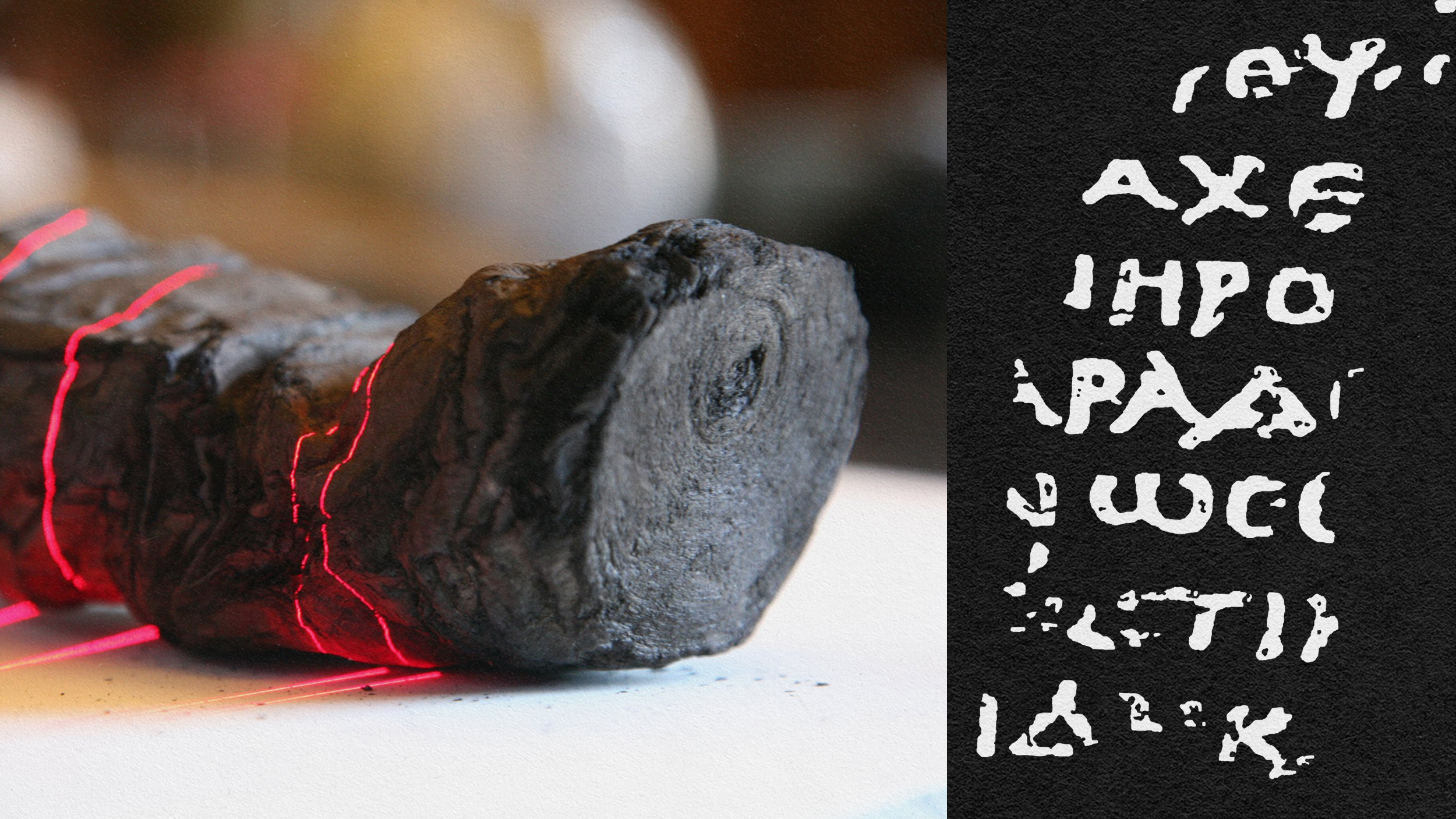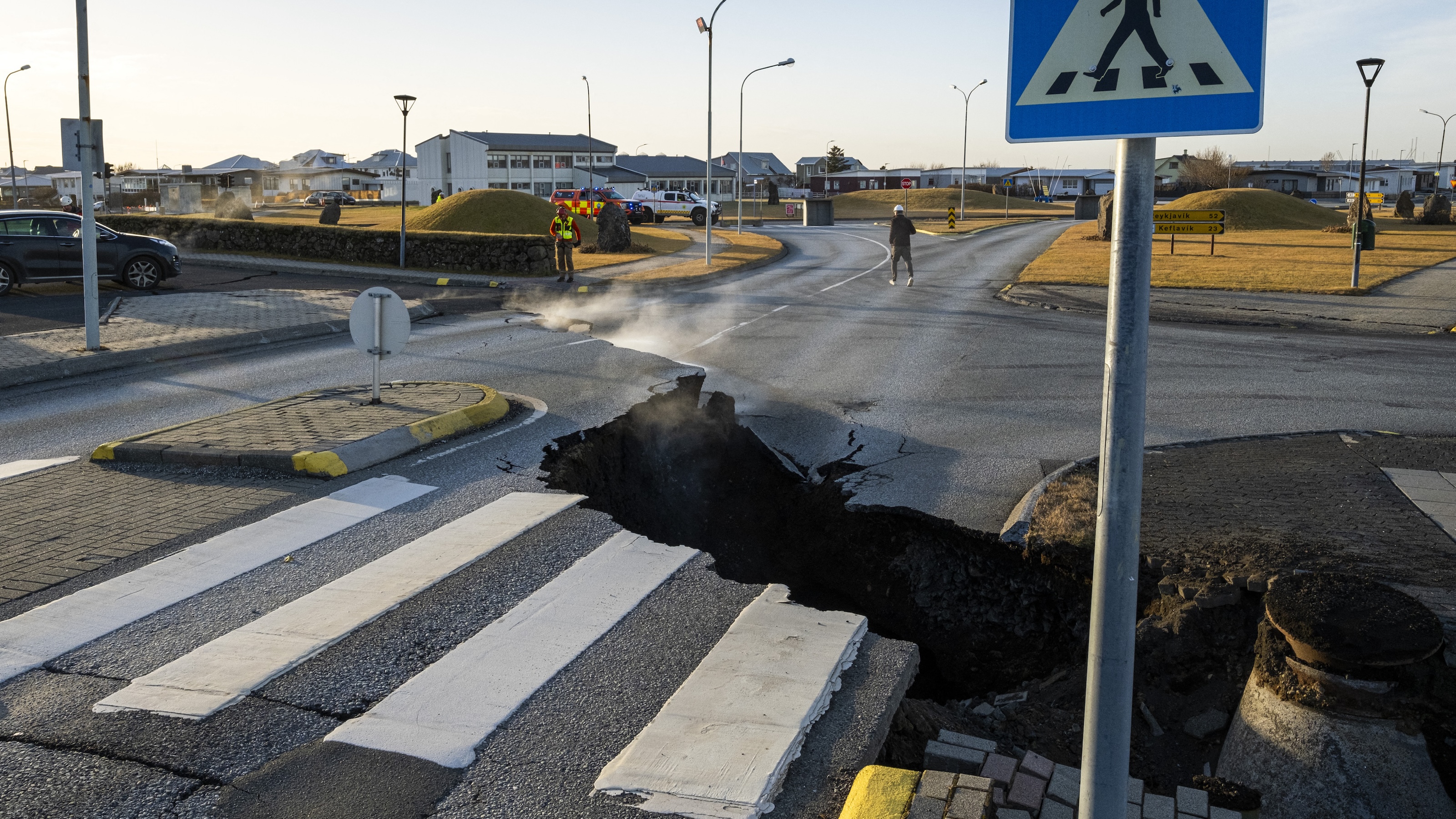Minor Phreatic Explosions at Bulusan in the Philippines

When it rains, it pours, my friends. The fall continues its volcanically noisy pace since late October as news comes in of ash explosions at Bulusan, the southernmost volcano on the island of Luzon in the Philippines. The volcano has produced a number of small explosions over the last few days – most producing plumes no more than 700 m / 2,300 feet-tall – but PHIVOLCS has still placed Bulusan on Alert Level 1 (which is still low). A dusting of ash was reported in areas close to the volcano. PHIVOLCS says that this behavior is typical for Bulusan when it enters restive phases, so an area of 4 km around the volcano have been designated a “danger zone”. These new explosions appear to be phreatic events – that is, steam-driven explosions where water is heated by rising magma and flashes to steam. Most likely, the ash being produced is all old material from the crater area rather than any new magma. Seismicity has also increased at the volcano, suggesting moving magma.

Bulusan producing a small explosion in an undated image.
Bulusan is a fairly active dacite/rhyolite volcano that sits within a larger caldera system, so explosive eruptions are the norm for the volcano. In 2006/07, the volcano produced a series of VEI 2 eruptions that generated pyroclastic flows and lahars – along with an ash plume that reached nearly 7 km / 23,000 feet. If PHIVOLCS is right and these new phreatic explosions could herald a new eruption like that from 2006/07, we could see activity fairly similar to what is currently going on at Merapi – which is exactly what we might expect from these intermediate to silicic stratovolcanoes/composite volcanoes in volcanic arcs.
Top left: Mt. Bulusan in the Philippines.





